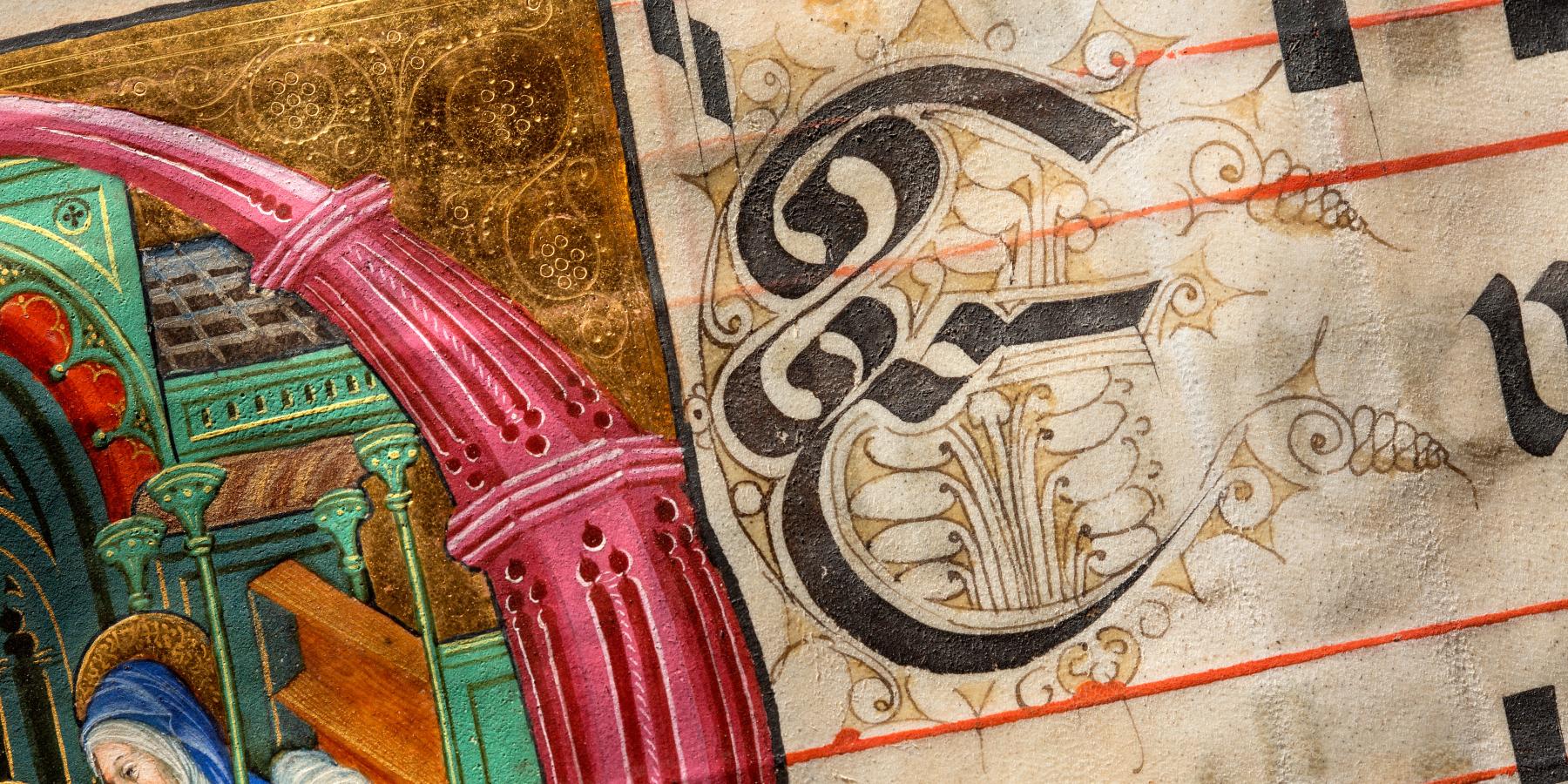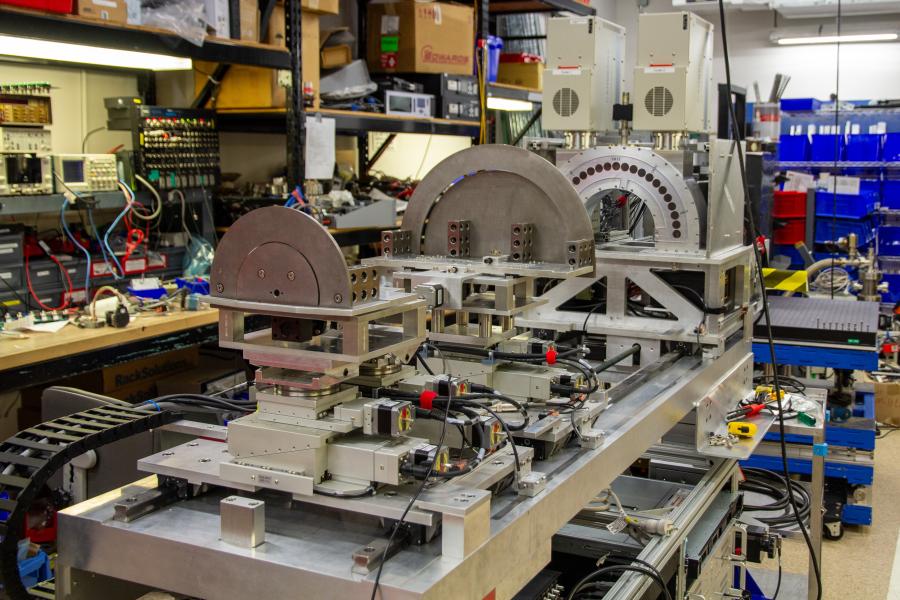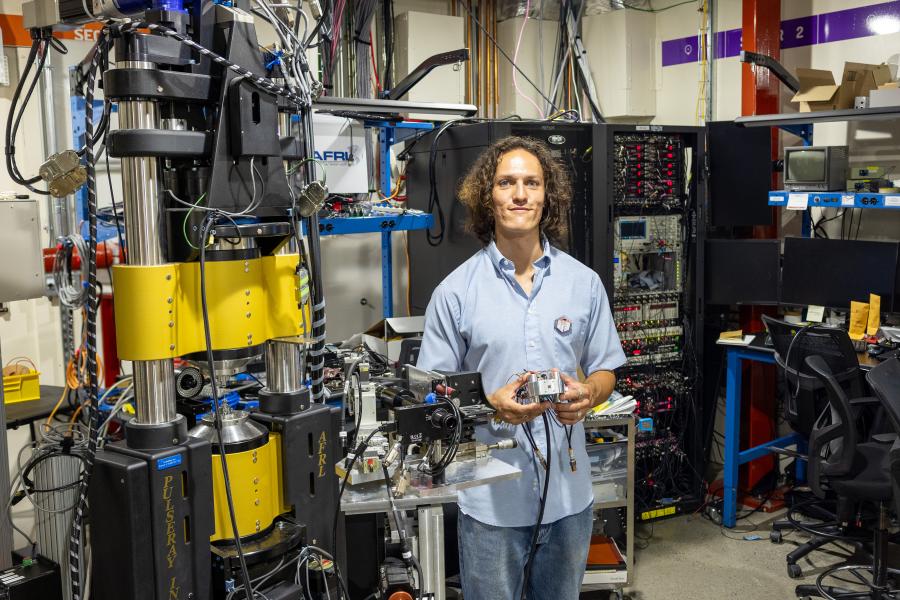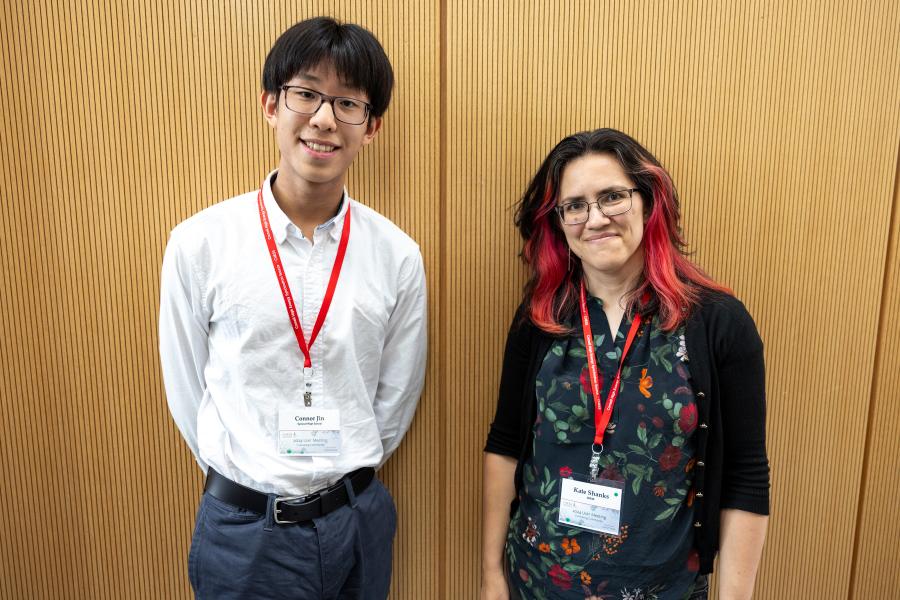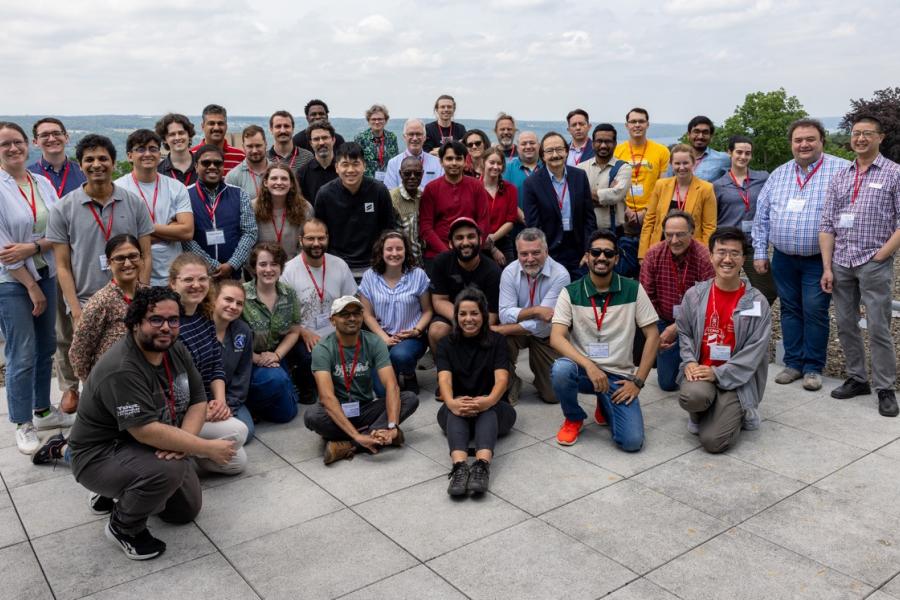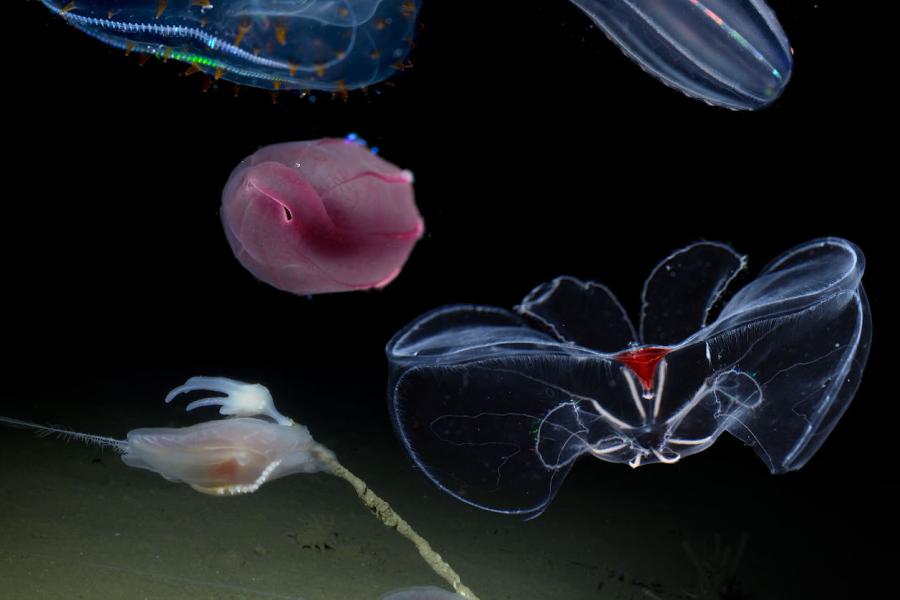Sidebar Menu (View Pages)
- Status
- ⌃ Science
- ⌃ Users
- ⌃ Facilities
- ⌃ Public
- Industry
- ⌃ About
Tags
Featured
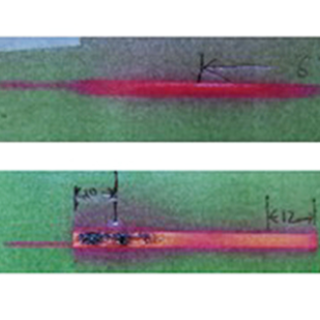
G-line: Same optics, new source, more flux!
As of October 2014, the three CHESS experimental stations known as G-line joined A1 and A2 in becoming among the first undulator-fed beam lines at CHESS.
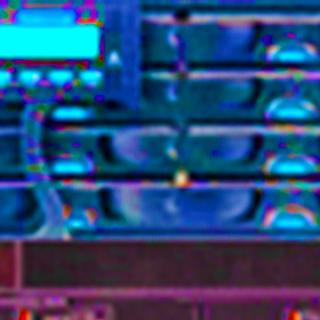
CHESS tackles big data
Starting last October, the CLASSE IT group has been commissioning a new data acquisition network with high-speed low-latency connections from the CHESS beamlines to over 130 terabytes of redundant disk arrays dedicated to the storage of CHESS x-ray data.
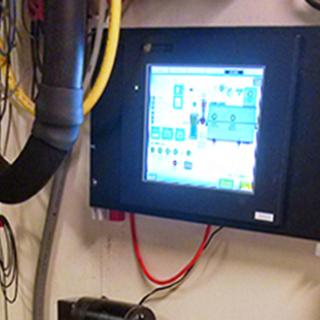
Shiny new buttons at "A"
The CHESS A-Line controls and safety systems have been upgraded to a modern PLC based system.
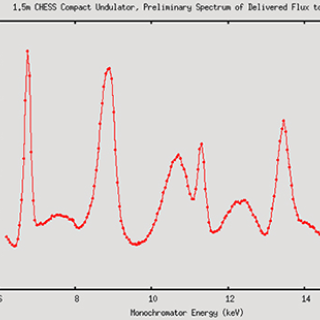
A2: Out with the wigglers; in with the undulators
The CHESS West wiggler source was removed over the summer. In its place are two custom 1.5m CHESS Compact Undulators which now feed the A-line/G-line endstations.
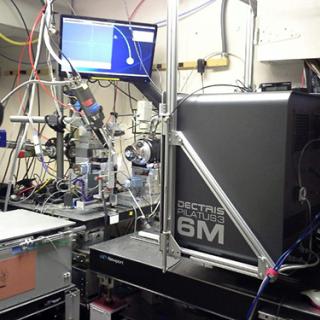
Crystallography at A1: new detector for a new beam
A Pilatus3 6M pixel array detector has replaced the Q-210 CCD detector in the A1 hutch.
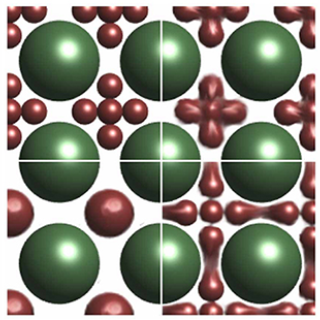
Nanometer-scale chemical reactors based on binary nanocrystal superlattices
Imagine an octahedron inside a cube and then let’s put spheres on the corner of the cube. Now the octahedron is well enclosed inside the cube and also well-separated from octahedra in adjacent cubic unit cells.
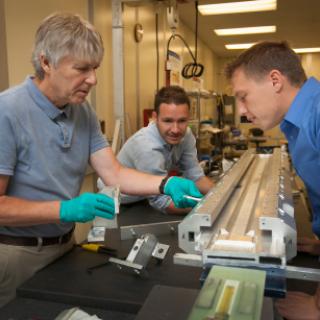
Synchrotron upgrade to make X-rays even brighter
The X-rays produced by the Cornell High Energy Synchrotron Source (CHESS) are bright, but they will soon be even brighter, thanks to a major upgrade that will make the quality of CHESS’ X-rays competitive with the world’s best synchrotron light sources.
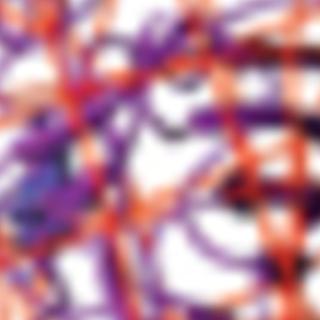
Chemists show that ALS is a protein aggregation disease
Using a technique that illuminates subtle changes in individual proteins, chemistry researchers at Cornell have uncovered new insight into the underlying causes of Amyotrophic Lateral Sclerosis (ALS).
